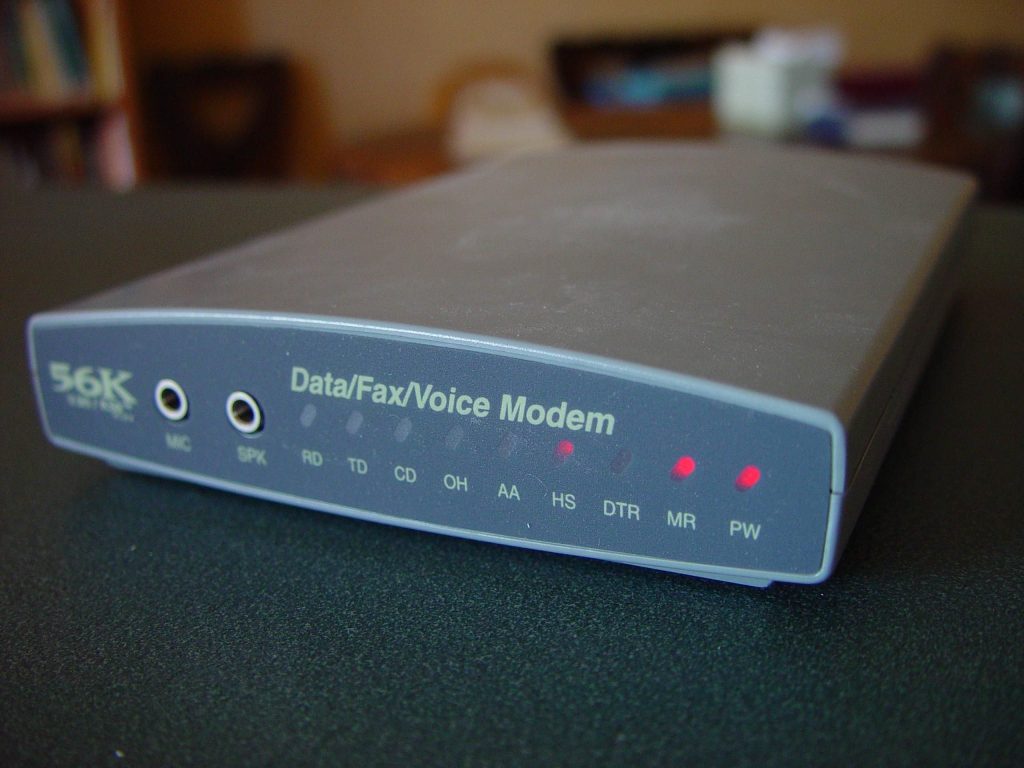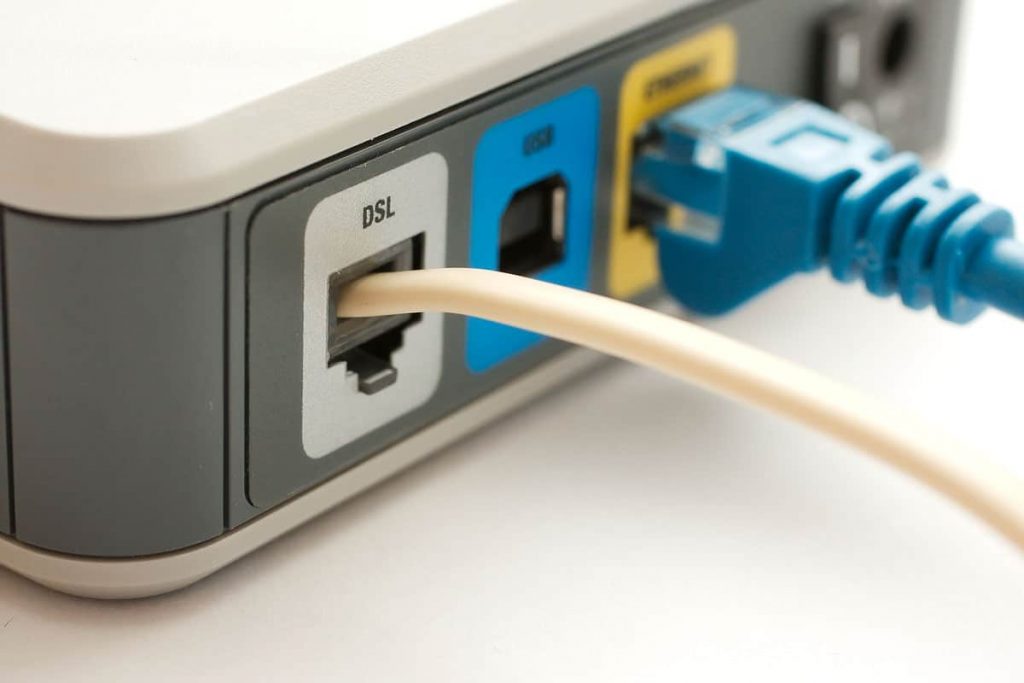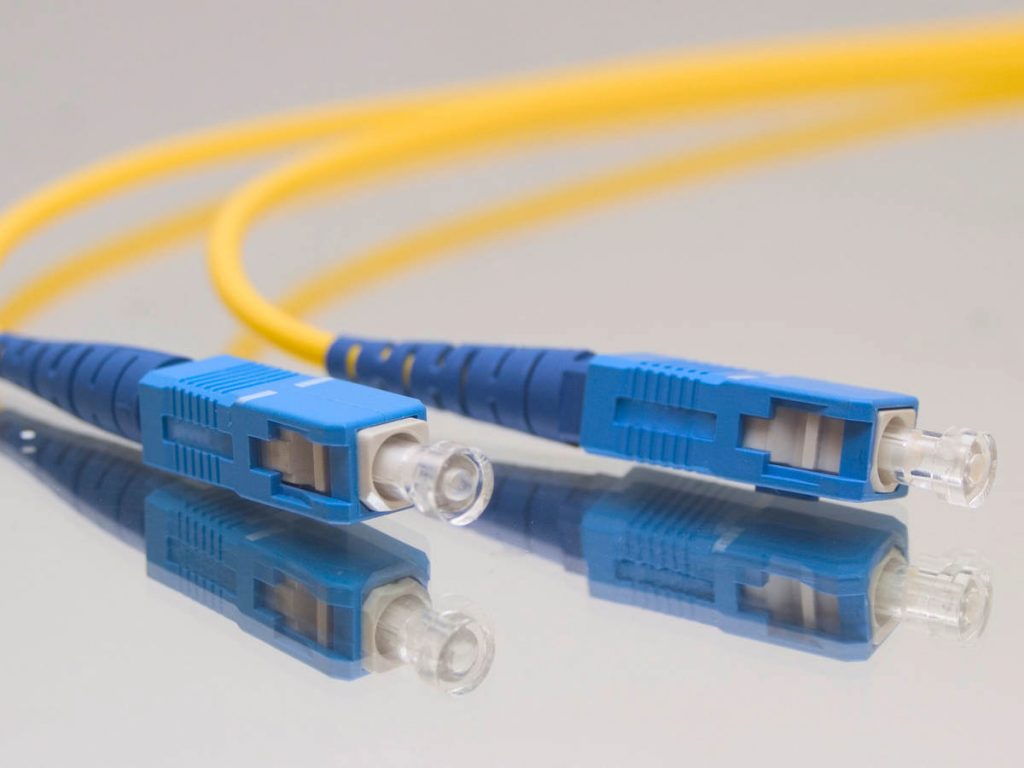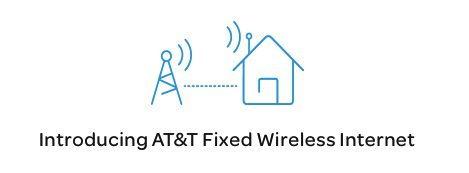Trying to figure out what type of internet connection you want to use?
We’ll show you the different types of internet connections you can have and also what is best for you and your home.
Understanding The Differences Between Internet Connections
It’s essential to understand the differences between each connection type and Internet speed before deciding which is best for you or your family.
There are a variety of ways to link computers, desktops, mobile phones, game consoles, e-readers, and tablets to the Internet in today’s world.
That’s why we will explain the different types of internet connections, and how they work, so you can make a decision on what type of connection is best for you and your family.
Types of internet connections
Learn about the various internet connection types and which browsing patterns they best suit before choosing an internet service provider.
You’ll discover that some sorts of internet connections are more suited for the activities you prefer based on your online usage.
Cable

Broadband access is a type of cable Internet connection. Users can access the Internet using cable TV lines using a cable modem.
Cable modems can provide exceptionally fast Internet access, making cable a feasible option for many people.
Dial-up

Dial-up internet service is inexpensive, but it is slow. After the computer dials a phone number, an internal or external modem connects to the Internet.
This analog signal is transformed to digital by the modem and routed over a public telephone network-connected landline. The quality of telephone lines varies, and the connection can be spotty at times.
Interference occurs frequently on the lines, affecting the speed, which ranges from 28 to 56 kilometers per hour. A computer or other device that shares the same line as the telephone cannot be used simultaneously.
DSL

DSL stands for Digital Subscriber Line. It is a connection to the internet that is constantly “on.”
Because two lines are used, your phone will not be tethered when your PC is connected.
To connect, you don’t even need to dial a phone number. DSL employs a router to transfer data, with connection speeds ranging from 128K to 8 Mbps depending on the service.
Fiber-optic

Fiber is one of the best when searching for a fast internet connection to your home or company, providing a quicker and more dependable connection than cable or DSL.
Rather than using electricity to convey data, fiber optic internet employs microscopic strands of glass coated in plastic to transmit data as light.
Recommended for heavy users who want to stream, game, video chat, and download large files at the fastest possible rates. Verizon Fios is the major provider.
Fixed wireless

Wireless, or Wi-Fi, connects to the internet without the use of telephone lines or wires, as the name implies. Radiofrequency is used instead. Wireless is an always-on connection that may be accessed from almost any location. Wireless network coverage regions are expanding by the minute. The speeds will vary, ranging from 5 Mbps to 20 Mbps.
Satellite

Satellite accesses the internet via a satellite in Earth’s orbit. When compared to cable and DSL, the enormous distance that a signal travels from earth to satellite and back results in a delayed connection. The speed of a satellite connection ranges from 512K to 2.0 Mbps.
What type of internet connection do you need for your home?
So now that we know what the different internet connections are and how they work, how do we decide what is best for our home or office?
You and your family may benefit from a specific type of internet connection depending on your browsing habits.
Keep in mind that some types of internet connections may or may not be available where you reside and that companies offering the same type of connection may offer wildly different speeds.
If you’re looking for the best internet connection for your house, weigh the pros and cons of DSL vs. cable, cable vs. fiber internet, and more.
Find out your internet connection type
Ethernet or Wi-Fi
- Press “Windows-C,” or hover the pointer over the top right side of the screen, and select “Search” from the Charms bar.
- Enter “network” into the search field, click “Settings” and then select “Network and Sharing Center” from the results.
- Review the information to the right of the Connections field for the “Ethernet” or “Wi-Fi” label. If you have a dial-up connection, you won’t see either of these types of connections on the page.
Dial-Up, DSL or Cable
- Check the side of the notebook or the back of the desktop for a telephone cord connecting the computer to a wall telephone jack, which indicates a dial-up connection.
- Locate the modem if the computer isn’t connected to a telephone jack. If you’re connected to an Ethernet network, your computer is attached to the modem via a network cable; if you’re connected via Wi-Fi, search the inside of your home or office for a small, black box with flashing green or blue lights on the front. The modem should have just a single Ethernet port; if the box features multiple ports, it’s most likely a router, not a modem.
- Check the back of the modem to see if the device connects to the wall outlet via a coaxial cable or a telephone cable. Coaxial cables are used for cable broadband, and telephone cables for DSL.
Conclusion
So, how can you know which internet connection is best for you? It is dependent on a number of factors. The first thing to consider is your regular usage patterns and how much speed you truly require.
You can get away with a lesser connection if you only want to surf the web and check your email, but smaller homes with people who want to stream videos, play games online, or upload files for business or school will need download rates of at least 10Mbps.
Obviously, costs are another important consideration. Some companies will combine their services to provide you with a discount, but keep in mind that the promotional pricing may not last as long as the service contract. In that situation, for example, you’ll pay extra for the identical service in the second year.
Finally, the most important component is likely beyond your control: your location. Some sections of the United States have a plethora of web access options, while others have none at all.
Whatever options you have, knowing the various technologies at work can help you know what to expect when you sign up.
Also, don’t forget to check your internet speed. Check your Download speed and upload speed so you know what you are working with.

![The different types of Internet Connections 1 The different types of Internet Connections [in 2022]](https://speedtestgo.com/wp-content/uploads/2022/06/lars-kienle-t8ZOIs1RtyE-unsplash.jpg)

